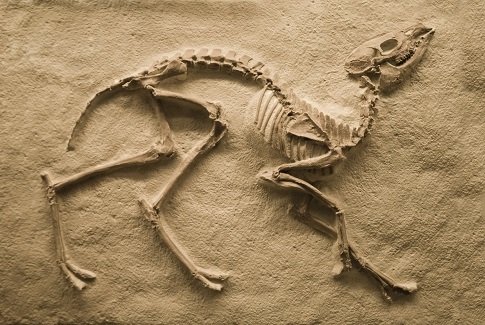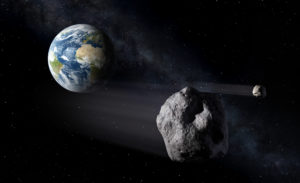Uncommon fossils require a breath of air to configure. Some of the globe’s most magnificent fossil beds were constituted millions of years ago in the course of time spans when the Earth’s oceans were devoid of oxygen.
That alliance has marshaled paleontologists to trust that the world’s best-conserved fossils assembly emanated from choked oceans. However, research headed by the University of Texas has discovered that while low oxygen ambiance positions the stage, it takes a puff of air to activate the fossilization procedure.
Drew Muscente the lead author said that the conventional contemplation about these unusually conserved fossils site is inaccurate. It’s not the nonexistence of oxygen that permits them to be conserved and fossilized. It is the prevalence of oxygen at precise conditions.
The foremost conserved fossil deposits are known as “Konservat-lagerstatten.” They are scarce and scientifically prized as they maintain soft tissues along with sturdy ones, which in succession conserves a wider variety of life from archaic ecosystems.
Jackson School undergraduate students Brooke Bogan said that when you observe lagerstatten the fact that stands out is everyone is there. You acquire a total concept of the animal and environment and those residing in it.
The research scrutinized the fossilization history of an unusual fossil site situated at Ya Ha Tinda Ranch. The location which Martindale explained in a 2017 paper is familiar for its cache of fragile marine sample for the preliminary Jurassic like lobsters or vampire squids with their ink pockets still undamaged conserved in portions of black shale.
Steve Lopez is the Editorial Page Editor for News Raise. He covers Health. He has won more than a dozen national journalism awards for his reporting and column writing at seven newspapers and four news magazines.




